Description
There's a lot of nice features in the PicoMiteVGA build. Here's some I like particularly.
- Integrated editor that jumps to the error line when the editor run. Just type F4 to run the editor and hit F2 to run the code. Very quick build-test-build cycle times. Even quicker than MicroPython/CircuitPython without the fumbling around in Thonny to find the error line the Python(s) have.
- It has the very best part of the old-school experience - it comes up instantly (maybe 1 second) to the prompt with no fumbling for COM ports, etc. No need to wait for a PC to boot then run terminal emulator on the PC to talk to the board since the VGA and PS/2 are built-in. If you want to talk to it with a terminal emulator over USB you still can. I run TeraTerm and use the built-in XMODEM commands to backup my files to GitHub (via a local folder on my PC) but could just as easily use the SD card since the FAT formatted card can be read/written with the PC.
- Very good User Manual (139 pages). The Table of Contents pane in Adobe PDF reader gets me quickly to the page I need. I haven't spotted any errors in the manual which is saying a lot for something that long.
- The project is in active development so it's not a dead end. The devs are interested in fixing issues people find.
- Custom I2C driver development is very, very easy in MMBASIC. Much easier than Arduino or even the Python(s). I wrote a driver for the MCP23017 I2C port expander and it was pretty easy. Evidence for me was I didn't need to hook up a logic analyzer - it just worked.
- MMBASIC has modern language constructs and old school style BASIC for us older dogs to learn new tricks. No line numbers needed.
- Good support for typical devices like RTC, One-wire thermometers. No fumbling around to find the right library - if they support the chip/boards it's just built in.
- I'm hooked on Blocks.bas (Tetris clone without sound track). Burned dozens of hours so far. It could definitely use more games for me to burn time on.
- Pico cards are inexpensive and most importantly they are widely available in distribution. Not true of a lot of other cards/chips now. The Pi Foundation seems to have secured their supply chain as they said they would.
Features
- Raspberry Pi Pico
- All Pico pins brought to headers
- Pico pin marking on rear
- VGA
- 640x480 monochrome resolution
- 320x240 colour resolution
- 1:2:1 - R:G:B - 16 colours
- PS/2 Keyboard
- 5V to keyboard with voltage translator
- Does not require a keyboard that runs at 3.3V
- SD Card
- Full size card
- Up to 32GB
- FAT32 format
- Tested/worked
- Stereo audio
- PWM with filter
- 3.5mm jack
- Cheap speakers
- 16-bit General Purpose I/O (GPIO)
- MCP23017 port expander
- On Pico I2C1 (I2C2 from MMBASIC)
- 2x10 0.1" pitch header
- Jumper selectable terminators
- I2C0 connector (Rev 2 and later)
- Requires external I2C terminators
- Power options
- 5V power input
- USB Micro on Pico card
- USB B
- 0.1" pitch header
- 3.3V output header
- 5V power input
- 120mmx70mm outline
- (4) 6-32 Mounting holes
MMBASIC Credits
Peter Mather led the project, ported the MMBasic interpreter to the Raspberry Pi Pico and wrote the hardware device drivers. Geoff Graham wrote the MMBasic interpreter and the manual. Mick Ames wrote the PIO compiler and its corresponding documentation. The VGA driver code was derived from work by Miroslav Nemecek.
 land-boards.com
land-boards.com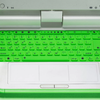
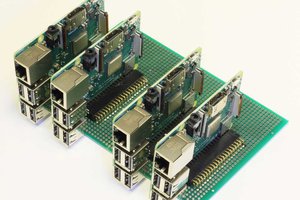
 Yann Guidon / YGDES
Yann Guidon / YGDES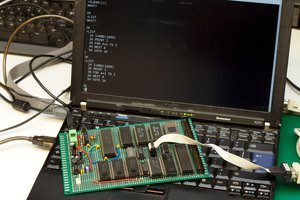
 Marek Więcek
Marek Więcek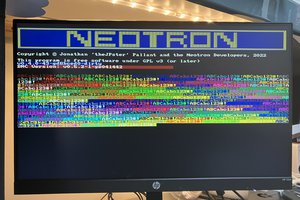
 Jonathan 'theJPster' Pallant
Jonathan 'theJPster' Pallant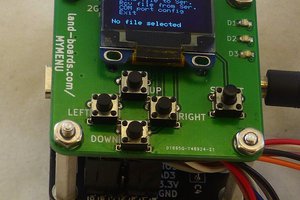
I prefer Ruby, mRuby or Crystal